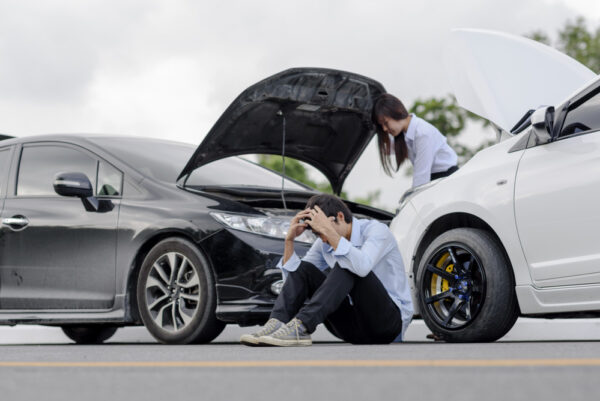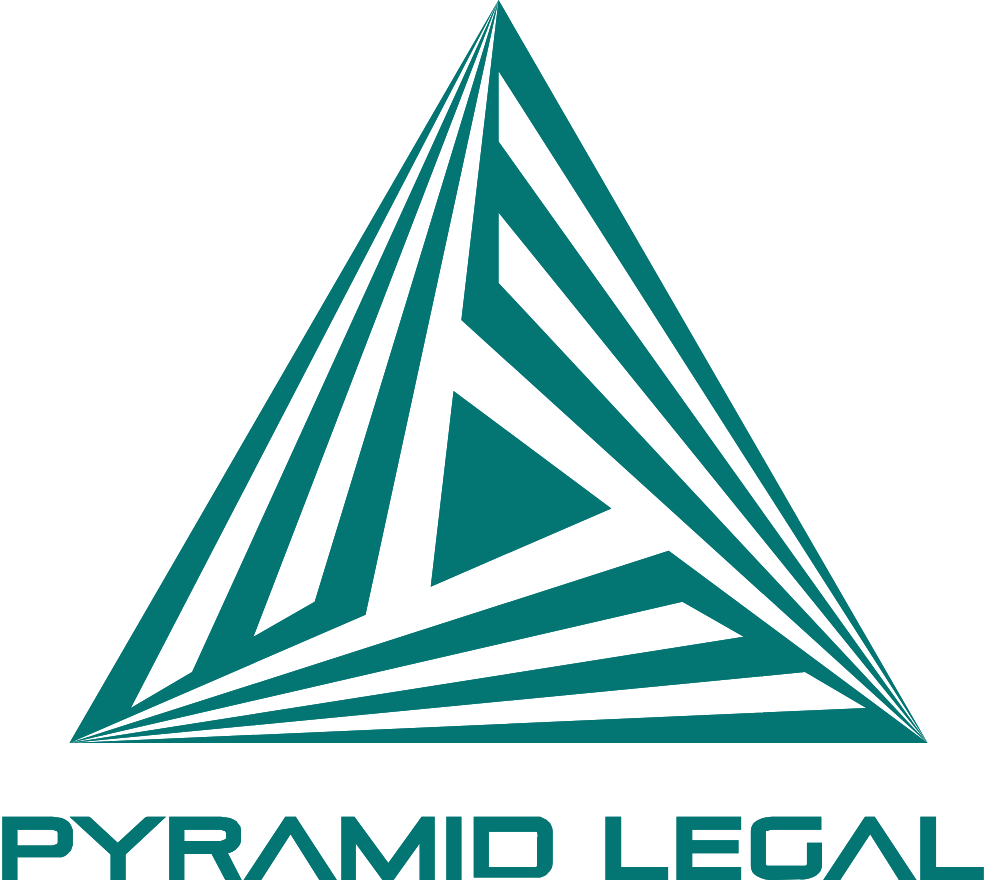What Happens if the Other Driver Doesn’t Have Car Insurance?
In the state of California, it is illegal to drive on public roadways and highways without car insurance. In fact, there are minimum mandatory requirements levied upon Californians. Some, carry harsh penalties and fines. Regardless of its illegality, many drivers do not meet the minimum coverage mandated by the state. It is estimated at 16.6…


